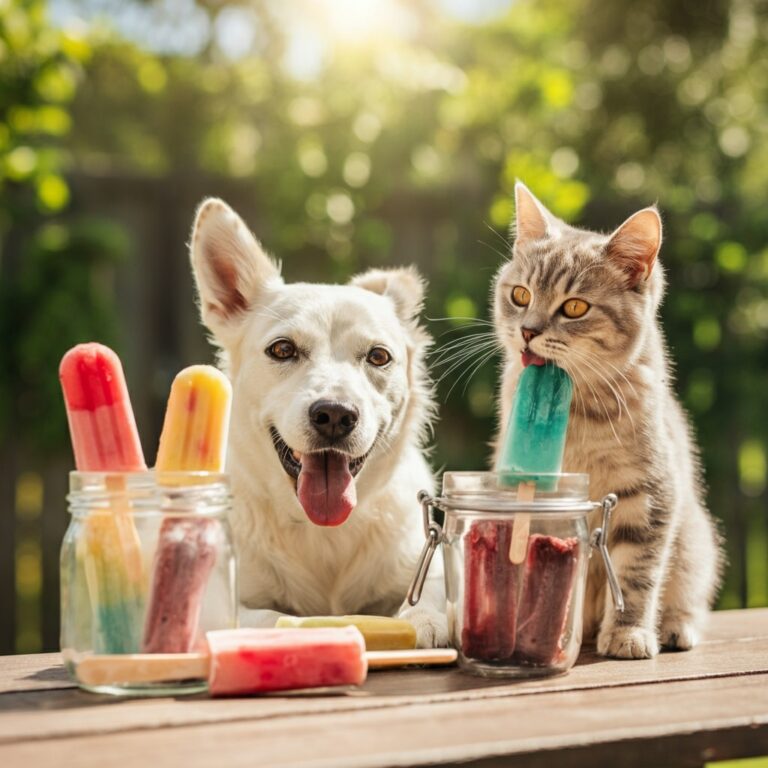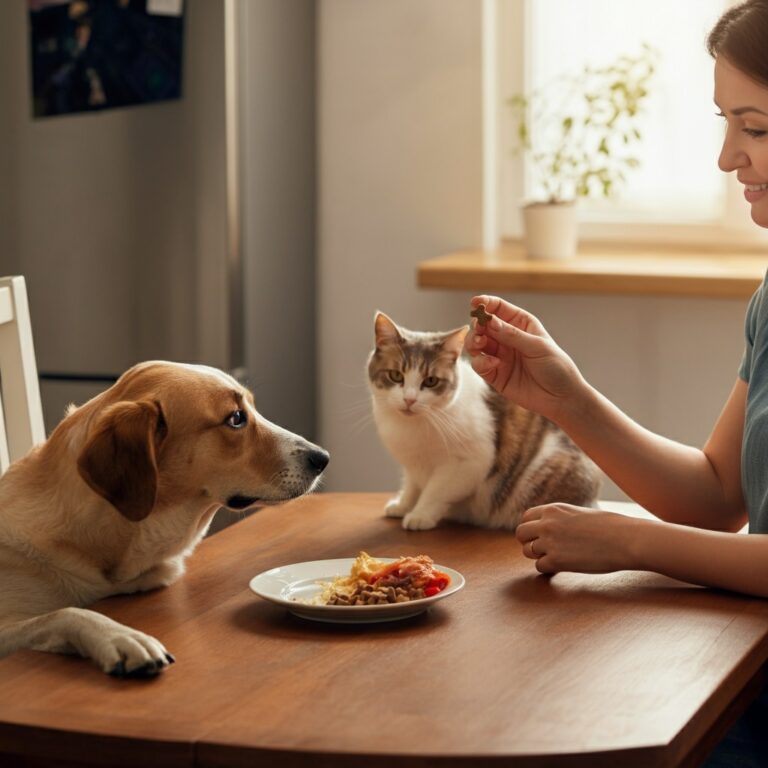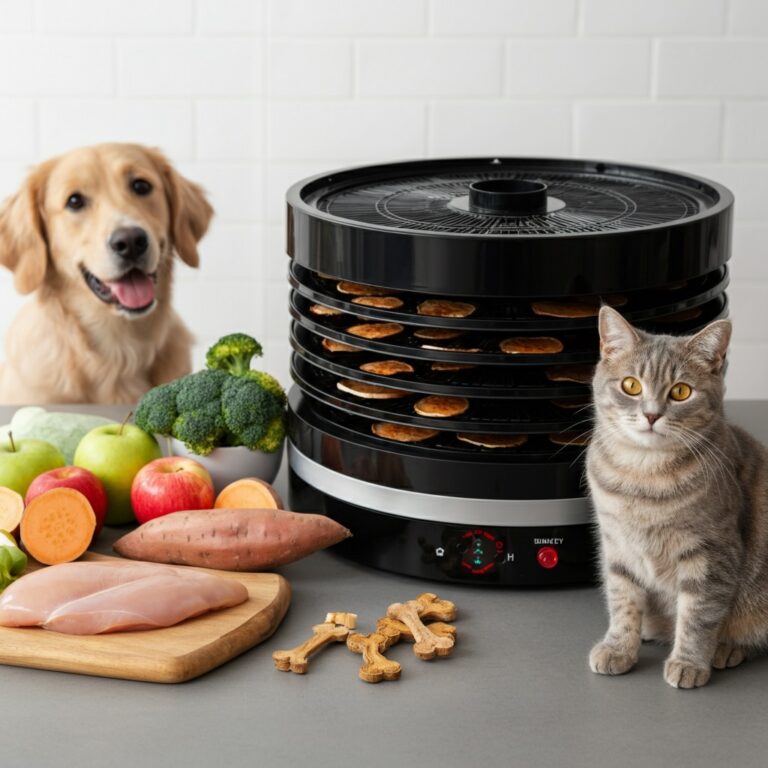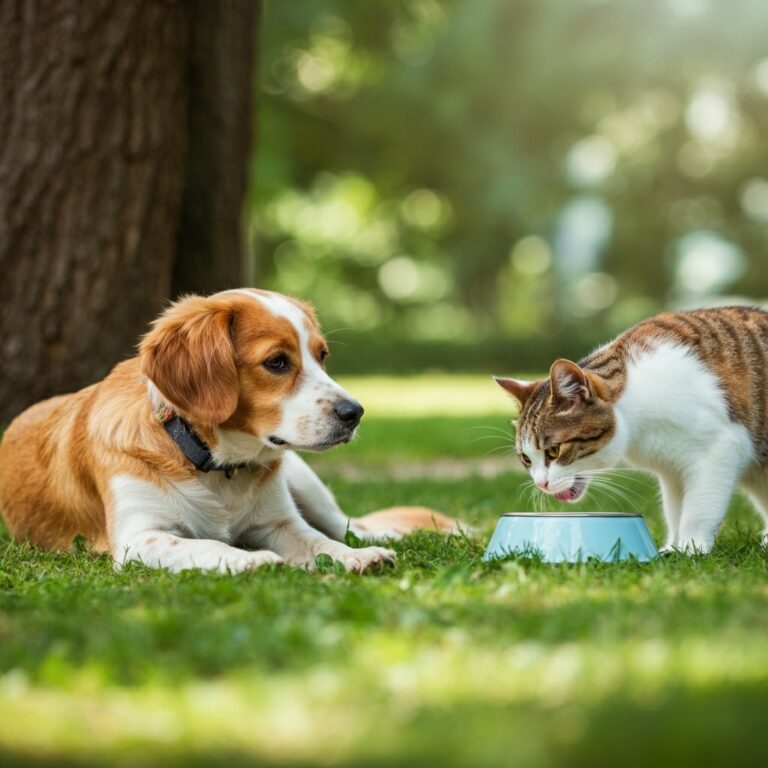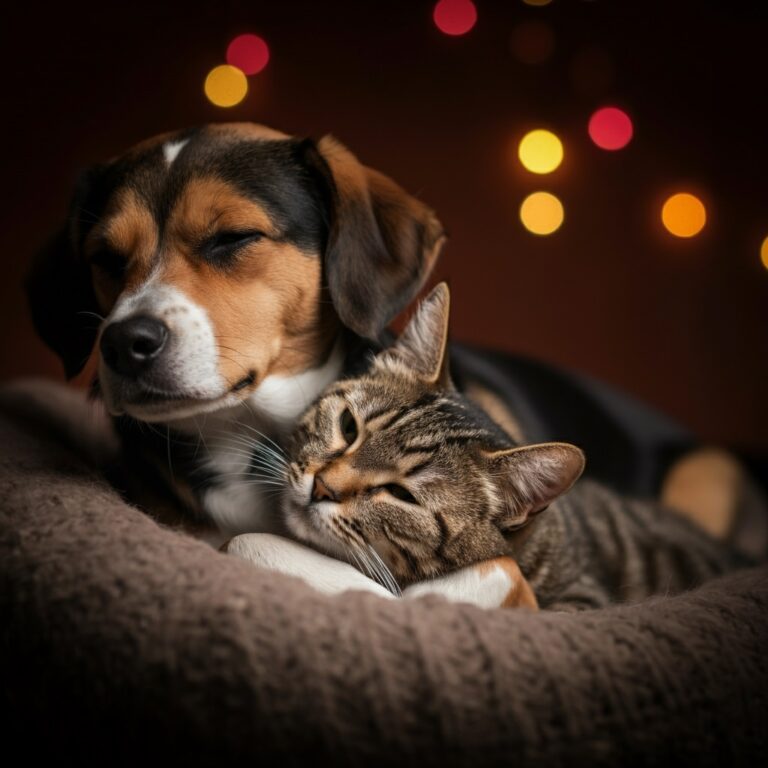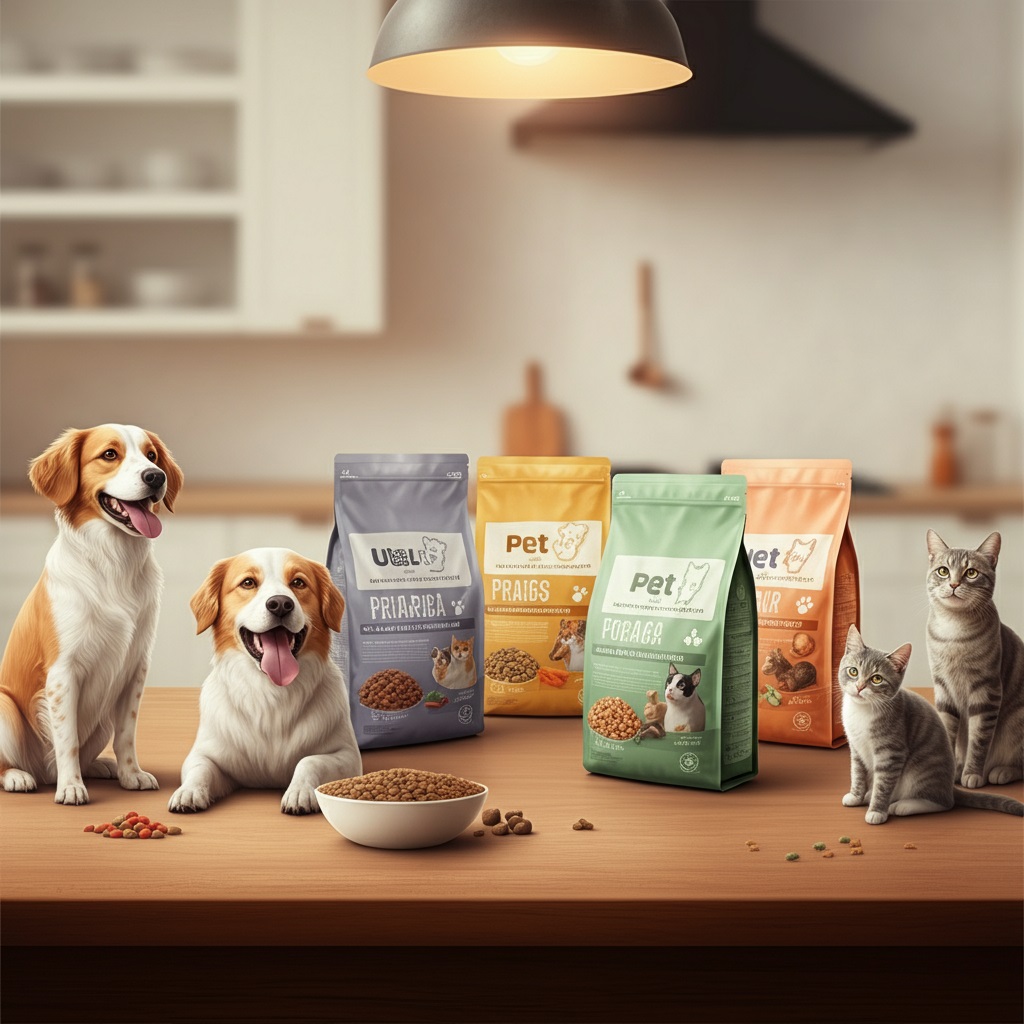
Your furry companions deserve more than just love and cuddles; they need proper nutrition to thrive. But with aisles full of pet food brands claiming to be “the best,” choosing the right food for your cat or dog can feel overwhelming.
Don’t worry—we’re breaking it all down for you. By the end of this guide, you’ll know exactly what to look for in pet food labels, ingredients, and nutritional content to keep your pet happy and healthy.
Why Nutrition Matters for Your Pet
Good nutrition is the foundation of a long, healthy life. A balanced diet supports your pet’s energy levels, immune system, and overall well-being. Poor nutrition, on the other hand, can lead to health problems such as obesity, digestive issues, and even chronic diseases.
Each pet is unique, and their nutritional requirements can vary depending on their species, breed, age, activity level, and health conditions. Here’s how to ensure your furry friend gets what they need.
Understanding Pet Food Labels
Decoding Ingredients Lists
- Named Protein Source
Look for specific proteins like “chicken,” “beef,” or “salmon” listed as the first ingredient. Avoid vague terms like “meat meal” or “animal by-product,” as these are often low-quality fillers.
- Grains and Fillers
While grains aren’t inherently bad, some cats and dogs may have sensitivities. Keep an eye out for excessive fillers like corn or soy, which offer little nutritional value.
- Artificial Additives
Steer clear of foods loaded with artificial flavors, colors, and preservatives. These additives don’t serve your pet’s health and can sometimes lead to allergies.
Check for AAFCO Approval
The Association of American Feed Control Officials (AAFCO) sets nutritional standards for pet food. Look for labels that state the food meets AAFCO guidelines, ensuring it provides balanced nutrition.
Choosing the Right Food for Your Dog
Dogs are omnivores, which means they thrive on a mix of animal proteins and plant-based ingredients. Here’s what to prioritize:
Puppies vs. Adult Dogs
- Puppies
Rapidly growing puppies need food specifically formulated for their developmental needs. Look for high levels of protein, fat, and key nutrients like DHA for brain development.
- Adult Dogs
For adult dogs, a balanced formula with moderate protein and fats is ideal. If your dog is particularly active, consider a high-energy food designed for working or sporting breeds.
- Senior Dogs
Senior dogs may need food with fewer calories to avoid weight gain, plus added nutrients like glucosamine for joint health.
Special Diets for Dogs
- Grain-Free Diets
If your dog has a grain sensitivity, opt for a grain-free formula, but ensure it’s rich in legumes or sweet potatoes for carb content.
- Limited Ingredient Diets
These are great for dogs with food allergies or digestive issues, as they contain a single protein source and minimal ingredients.
- Breed-Specific Diets
Certain brands offer breed-specific formulas tailored to the size and unique needs of specific breeds. For example, small-breed formulas often have smaller kibble sizes.
Continues after advertising
Choosing the Right Food for Your Cat
Cats are obligate carnivores, meaning they need a diet rich in animal protein. Here’s what to keep in mind:
Kittens vs. Adult Cats
- Kittens
Growing kittens require high-protein food with added fat and calories to fuel their energy needs and support proper development.
- Adult Cats
Adult cats need well-balanced food with moderate levels of protein and fats while maintaining their weight and muscle mass.
- Senior Cats
Older cats may benefit from food with lower calorie counts and higher moisture content, as hydration becomes more critical with age.
Wet Food vs. Dry Food
- Wet Food
Cats naturally have a low thirst drive, so adding wet food to their diet ensures they stay hydrated. Opt for high-quality wet food made with real meat and minimal fillers.
- Dry Food
While convenient, dry food can be calorie-dense. Choose high-protein kibble and always have fresh water available to encourage hydration.
Taurine is a Must
Ensure your cat’s food contains taurine, an essential amino acid for heart and eye health. A deficiency in taurine can lead to serious health problems like blindness or heart disease.
Common Mistakes to Avoid
- Feeding Table Scraps
While it might be tempting to share your meal, many human foods (like chocolate, onions, and grapes) are toxic to pets. Stick to pet-formulated treats.
- Overfeeding
Pet obesity is a growing concern. Measure portions according to your pet’s weight and activity level, and use a feeding guide or consult your vet.
- Switching Foods Abruptly
Changing pet food too quickly can cause stomach upset. Transition gradually over 7–10 days by mixing the new food with the old.
How to Tailor Nutrition to Your Pet’s Needs
If your pet has specific health conditions, their diet may require additional adjustments. Always consult your veterinarian for personalized recommendations.
- For Dogs with Allergies
Consider hypoallergenic or novel protein diets to identify and eliminate allergens.
- For Cats with Kidney Issues
Cats with chronic kidney disease often need a low-phosphorus diet. Ask your vet for prescription cat foods tailored to this need.
- For Pets with Weight Issues
Weight management formulas can help regulate calorie intake while keeping your pet full and satisfied.
Building a Sense of Community
Helping your pet live their healthiest life is a rewarding experience, and you’re not alone on this journey. Joining online forums, attending local pet events, or sharing your feeding tips on social media can connect you with like-minded pet parents.
Read More👉 Why Labradoodles Are the Ultimate Family Dog
Your Pet Deserves the Best
Choosing the right pet food for your cat or dog is one of the most important ways you can care for them. Remember to prioritize high-quality ingredients, consider their unique needs, and consult your vet for advice if necessary.
Your efforts will reward you with a happy, healthy pet who thrives for years to come. And isn’t that what being a loving pet parent is all about?
